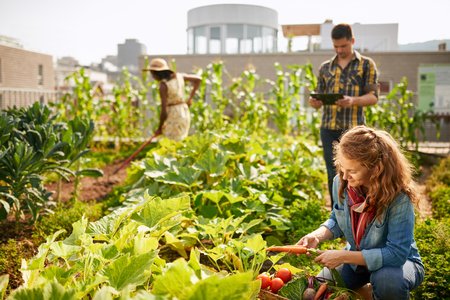Of great diversity, the horticultural sector encompasses multiple activities which all stem from the art of cultivating gardens. This is a dynamic sector represented in France by tens of thousands of companies specializing in the production, sale or use of plants. This represents almost 170,000 jobs. However, French horticultural production covers less than half of national consumption and the country imports mainly from the Netherlands.
Horticulture continues to develop steadily in recent years in order to meet the growing needs of consumers. It is not only a question of feeding the population, but also of ensure product quality while respecting the environment. Thanks to technological progress made in mechanization and automation, the different techniques used by French horticultural productions go hand in hand with greater concerns. ecological.
Depending on its different specializations, horticulture can be vegetable, fruit Where ornamental, but it actually has many other variations. All branches which are attached to the cereal, forestry or oilseed sectors, which are directly related to agriculture, are excluded.

Vegetable and fruit horticulture
Focused on the cultivation of vegetable plants for food use, thevegetable horticulture Where vegetable grower is directly linked to the way we consume. It focuses on the fruit of plants belonging to the large family of legumes. Market gardeners sell their crops either in circuit court (directly to consumers) in the markets, either in circuit long via the food industry, wholesalers and supermarkets.
L’horticulture and fruit trees both produce fruit for consumption. They encompass all kinds of fruit, including pome fruit, and involve orchard production.
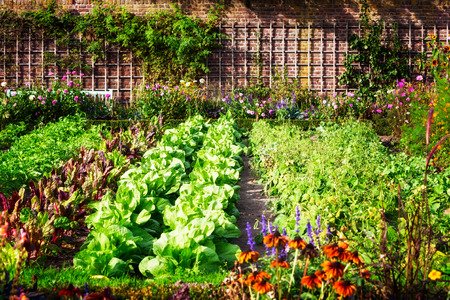
Ornamental horticulture
Indoor or outdoor, theornamental horticulture aims to beautify gardens using amenity plants or professionally grown flowers. It brings together several branches of activity specializing in cut flowers and foliage, in plants in pots and beds, in nursery plants or in flower bulbs. In greenhouses or in the open air, the objective of floriculture is to bring out as best as possible the beauty of flowers through their colors, but also their fragrance.
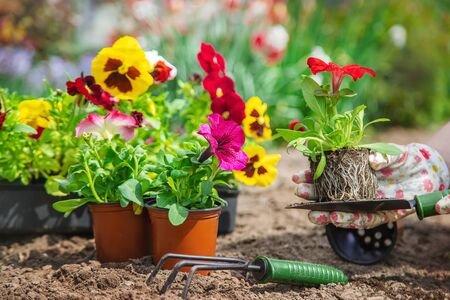
Ornamental horticulture also joins the activity of nurserymen that raise young shoots to make trees or shrubs for parks. They can also support the development of forest plants in a reforestation process.
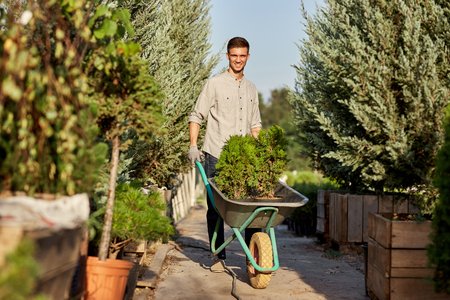
On a large scale, floriculture continues through the work of landscapers who shape the green spaces by arranging the beds like real flower arrangements. The bedding plants generally adorn the edges of the paths in order to color the gardens. There is a very wide variety. The development of landscaped spaces can range from simple parks and gardens to entire municipalities and must take into account floor maintenance and plants.
Equipment and production methods
All types of horticulture adopt various production methods such as cultivation on the ground, cultivation Aboveground, the permaculture, the serriculture or even theaquaponics. In the latter case, the wastes produced by the fish become nutrients for the plants. In the case of greenhouses, plants grown inside a greenhouse have the advantage of benefiting from controlled and artificially adapted development conditions (light, humidity, temperature, etc.). It not only makes it possible to produce plants in regions poorly suited to their natural development, but also to extend the harvest period.
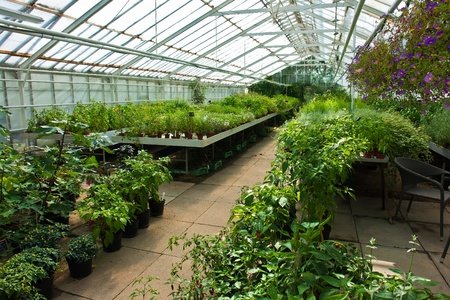
As part of his activity, the horticulturalist must equip himself with suitable clothing and accessories such as cut-resistant gloves, work shoes and waterproof boots, or even protective goggles that comply with the standard at least. IN 166. Preferably choose work pants allowing the wearing of knee pads according to the standard EN 14404. There are all kinds of thermal jackets, bodywarmers but also rain suits that will allow you to follow the changing seasons without being hampered in your work.

